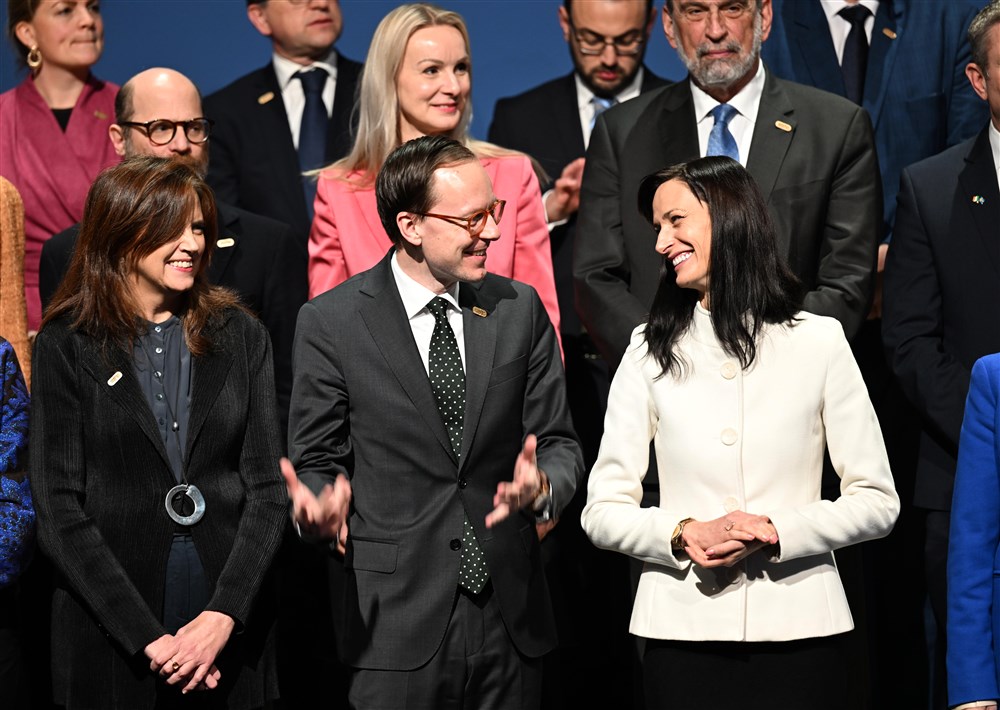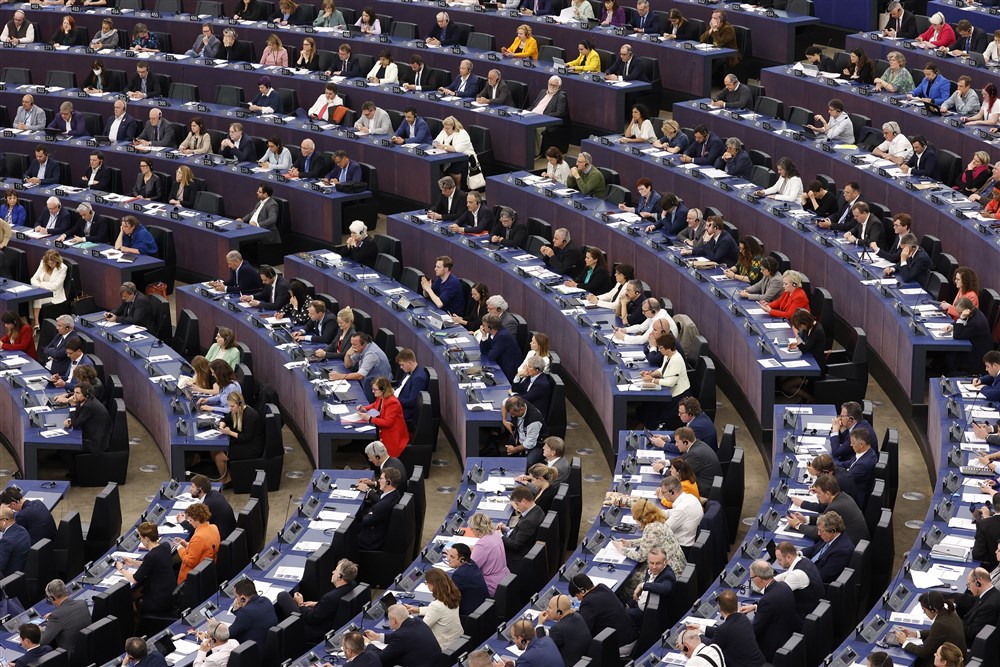The so-called Spitzenkandidaten system for electing the next European Commission President seems to be dead and buried, according to the vice chairman of the European Conservatives and Reformists (ECR) group in the European Parliament.
The system, hailed as a new, democratic form of electing Commission chiefs before the appointment of Luxemburger Jean-Claude Juncker ten years ago, appears to be “quietly fading away”.
ECR vice chair MEP Jan Zahradil, who is Czech, told Euractiv in an interview that European politicians are taking their hands off the wheel and nobody seems to be reviving the Spitzenkandidaten idea ahead of the 2024 European elections.
European Parliament groups don’t even seem to be interested in putting forward their favourite candidate for the job. Only the Greens have nominated a Spitzenkandidat. European leaders seem inclined to prefer deciding who will lead the European Commission behind closed doors.
While Juncker benefited from it, the Spitzenkandidat system was ditched a first time with the appointment of Ursula von der Leyen as EC President in 2019. A number of European politicians seem to think the system won’t work this time either.
“I have the feeling that the concept of the Spitzenkandidat is quietly dying, quietly fading away. No one is actually talking about it anymore,” Zahradil said.
Spitzenkandidat is German for ‘lead candidate’, and in an EU context refers to a European political party’s lead candidate for the top European Commission job. The political factions choose a candidate to be the face of their party, and the potential future European Commission president. After the elections for the European Parliament, the leading party in the governing coalition can move its preferred candidate forward. The European Council in theory proposes a candidate for the EC Presidency, though governments are supposed to take into account the results of parliamentary elections.
Ultimately it is the European Parliament that confirms the Commission President. The Spitzenkandidat system was supposed to add an element of participatory democracy to the process of choosing the head of an executive long derided as a bastion of unelected bureaucrats.
As things stand, the Spitzenkandidat system only has been used for the nomination of Jean Claude Juncker in 2014. Some called him “Europe’s accidental president”, as his election was the result of power play and political games.
It is unclear if current EC president Ursula von der Leyen will push for a second term. Another possibility is that she is eyeing the job of Nato Secretary-General as Jens Stoltenberg is preparing his exit.





